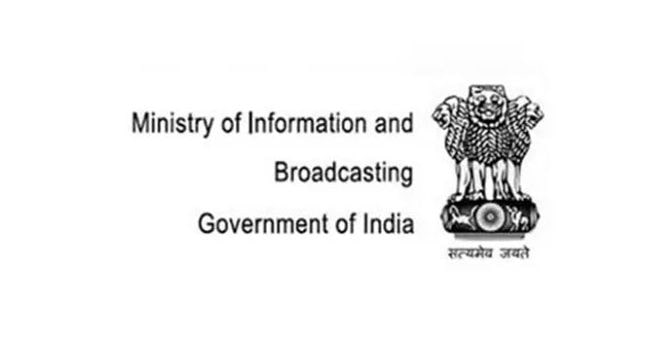A seemingly harmless fact-finding mission of India’s Ministry of Information and Broadcasting — on the infrastructure needs of MSOs and LCOs — has raised a few eyebrows.
In a recent communication to the cable industry, MIB has sought information and detailed inputs on the “capacity of the MSOs/ LCOs, the cost involved” and “availability of necessary gadgets”,
on the “feasibility of utilizing cable TV networks for providing telecommunications services”.
The ministerial communiqué, which has also gone to the AIDCF, a lobbying industry body of digital MSOs, is being seen as a move by the government to explore real convergence of various broadcasting and telecom services.
The MIB too doesn’t hide the convergence factor. But doubts remain in the minds of the broadcasting distribution platforms as some time back, a senior exec of communications company Bharti Airtel had publicly proposed that the DTH business should be administered by the Department of Telecommunications in Ministry of Telecoms after hiving it from MIB.
“You must be aware that broadcasting and telecom network sectors are evolving at a rapid pace in the country and the lines between these two sectors are fast disappearing, as these two platforms are increasingly complementing each other with the growing adoption of high speed broadband networks,” the MIB communiqué, inviting comments on the issue, said.
The broadcasting sector’s economic regulator TRAI had proposed that to expand broadband services in India, especially in rural areas, the existing infrastructure of MSOs and LCOs should be used to being Internet closer to the people’s homes.
And, with work on 5G services happening at a quick pace in India, high-speed wired broadband is an area of focus under the ambitious BharatNet project that aims to digitally connect 650,000 village administrations or gram panchayats — and more — in the country.
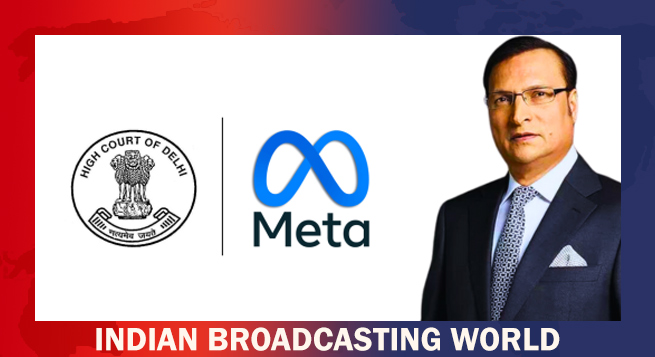 Delhi HC orders meta to remove deepfake videos of Rajat Sharma
Delhi HC orders meta to remove deepfake videos of Rajat Sharma 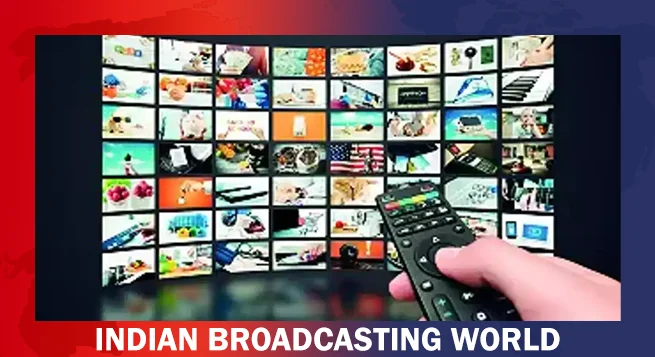 Govt. blocked 18 OTT platforms for obscene content in 2024
Govt. blocked 18 OTT platforms for obscene content in 2024 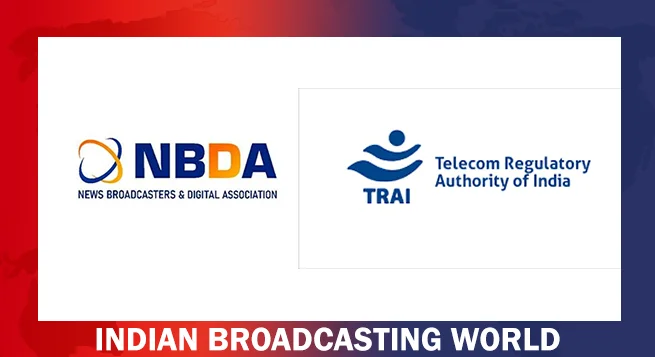 Broadcasting industry resists inclusion under Telecom Act
Broadcasting industry resists inclusion under Telecom Act  DTH viewing going down & a hybrid ecosystem evolving: Dish TV CEO
DTH viewing going down & a hybrid ecosystem evolving: Dish TV CEO 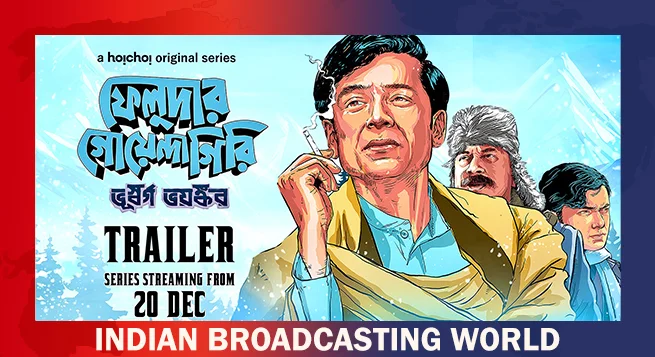 New adventure of detective Feluda debuts on Hoichoi Dec. 20
New adventure of detective Feluda debuts on Hoichoi Dec. 20  ‘Pushpa 2’ breaks records as most watched film of 2024: BookMyShow Report
‘Pushpa 2’ breaks records as most watched film of 2024: BookMyShow Report  Hungama OTT unveils ‘Pyramid’
Hungama OTT unveils ‘Pyramid’  Amazon MX Player to premiere ‘Party Till I Die’ on Dec 24
Amazon MX Player to premiere ‘Party Till I Die’ on Dec 24  aha Tamil launches ‘aha Find’ initiative with ‘Bioscope’
aha Tamil launches ‘aha Find’ initiative with ‘Bioscope’  Netflix India to stream WWE content starting April 2025
Netflix India to stream WWE content starting April 2025 


